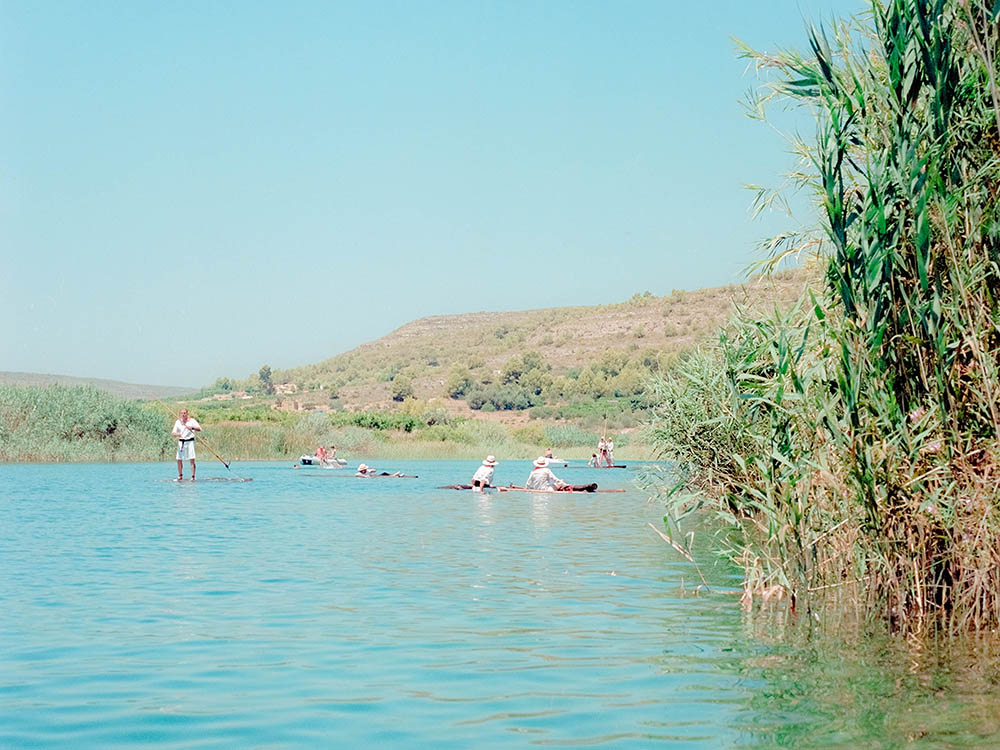Countries<Spain<Comunidad Valenciana<Antella< La Maerà d’Antella
The Júgar River (Xúquer-Sucro) is born in the Universal Mountains (Cerro de San Felipe) flowing through the provinces of Cuenca, Albacete and Valencia, watering the rich orchards of the municipalities through which it runs since ancient times. "La maerà" trade that dates back to the thirteenth century. The wooden fluvial conduction through the Júcar and the Cabriel has been carried out since times of Muslim domination. For more than eight centuries, this activity was closely linked to the needs of wood from Dénia, Cartagena, Valencia, Alzira and Xàtiva, among other cities, for shipbuilding, buildings and domestic use. Through the Maerà, Antella pays homage to a millenary tradition and trade. In the small town of Río Play - Antella, at the beginning of the summer of each year, people throw logs into the river from the upper reaches, the wood is accompanied by the gancheros or “maeros” downstream. The townspeople wait at the Antella weir for the arrival of the maeros and the wood. In November 2019, the Ministry of Culture of the Spanish government initiated a file for the Maerà d’Antella festival to become part of the UNESCO Representative List of Intangible Cultural Heritage of Humanity.
El Rio Júgar ( Xúquer-Sucro) nace en los Montes Universales (Cerro de San Felipe) discurriendo por las provincias de Cuenca, Albacete y Valencia, regando desde la antigüedad las ricas huertas de los términos municipales por donde discurre. “La maerà" oficio que se remonta al siglo XIII. La conducción fluvial de madera por el Júcar y el Cabriel se ha llevado a cabo desde tiempos de la dominación musulmana. Durante más de ocho siglos, esta actividad estuvo estrechamente ligada a las necesidades de madera de Dénia, Cartagena, Valencia, Alzira y Xàtiva, entre otras ciudades, para la construcción naval, edificaciones y uso doméstico. A través de la Maerà, Antella rinde homenaje a una tradición y un oficio milenarios. En el pequeño pueblo del Río Jugar - Antella, a principios del verano de cada año, la gente arroja troncos al río desde los tramos superiores, la madera es acompañada por los gancheros o “maeros" río abajo. La gente del pueblo espera en el azud de Antella la llegada de los maeros y la madera. En noviembre de 2019, el Ministerio de Cultura del gobierno español inició expediente para que la fiesta de la Maerà d’Antella entre a formar parte de la Lista Representativa de Patrimonio Cultural Inmaterial de la Humanidad de la UNESCO.
